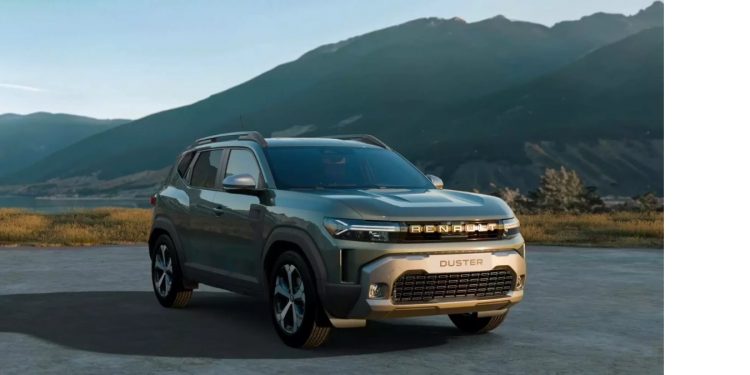India| Hybrid vehicles have become the most preferred option for Indian car buyers during the ongoing festive season, surpassing both petrol and electric vehicles, according to the latest consumer insights from Grant Thornton Bharat.
The month-long survey, which collected responses from over 2,800 participants across various age groups and cities, found that 38% of respondents favor hybrid vehicles, compared to 30% for petrol-powered cars and 21% for electric vehicles (EVs). This shift signals a growing inclination toward fuel efficiency, lower emissions, and a balanced driving experience.
Rising Demand and Evolving Consumer Sentiment
With 41% of those surveyed planning to purchase a vehicle within the next three to four months, the findings indicate a strong rebound in consumer confidence. Notably, this follows a period when 72% of potential buyers had deferred decisions, anticipating reforms under GST 2.0.
The report underlines the influence of tax policy, affordability, and economic reforms, particularly in Tier 2 and Tier 3 cities, where simplified taxation appears to have encouraged buyer optimism.
SUVs Still Reign, But Safety Takes the Spotlight
SUVs remain the dominant segment, with 64% of respondents preferring them. This trend aligns with market data showing SUVs accounted for 65% of passenger vehicle sales in FY25, a significant rise from around 50% just two years ago.
Beyond vehicle type, safety is now a top priority for many consumers. About 34% of respondents ranked safety features above price and mileage — a sign of growing awareness about crash test ratings and advanced safety technologies.
Premium Choices and Digital Influence
More than 35% of car buyers are now open to paying extra for premium variants, with 65% willing to stretch their budget by 10–15% for added features.
Digital platforms are playing an increasingly vital role in the buying journey — 52% of consumers now use a combination of online and offline channels to research and purchase vehicles. Social media (35%) and dedicated car apps (23%) are among the leading digital influences.
Festive Boost Linked to GST and Market Affordability
The survey observed a 34% increase in passenger vehicle retail during Navratri 2025, driven by tax rationalisation, new model launches, and a strong replacement/upgrade cycle. Factors like stable interest rates, higher disposable incomes, and government-backed EV and tax incentives are expected to keep demand high across both urban and semi-urban markets.
Market Outlook: Informed, Aspirational, and Digitally-Driven
Saket Mehra, Partner and Automotive Industry Leader at Grant Thornton Bharat, noted that this season’s trends highlight significant shifts in buyer behaviour, with policy reforms and digital tools shaping the future of India’s auto market.
He emphasized the opportunity for automakers (OEMs) to innovate — by offering feature-rich models, flexible financing plans, and digitally integrated purchase experiences.
With hybrids acting as a bridge between traditional and electric vehicles, and consumers showing a marked preference for safety, luxury, and convenience, India’s car market appears poised for long-term transformation.





Discussion about this post